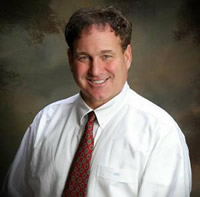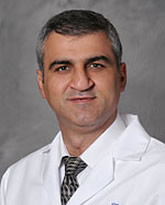3/2/2016· Medical - Medicine
The Role of Surgery and Radiation Therapy in the Management of Gestational Trophoblastic Disease
By: Dr. Rabbie Hanna
The primary management of hydatidiform moles remains surgical evacuation followed by human chorionic gonadotropin level monitoring. Although suction dilatation and evacuation is the most frequent technique for molar evacuation, hysterectomy is a viable option in older patients who do not wish to preserve fertility. Despite advances in chemotherapy regimens for treating malignant gestational trophoblastic neoplasia, hysterectomy and other extirpative procedures continue to play a role in the management of patients with both lowrisk and high-risk gestational trophoblastic neoplasia.










